So You Want to Build a Beaver Dam Analogue (BDA)? Why Not Build an Aggradational Structure? (Part 1)
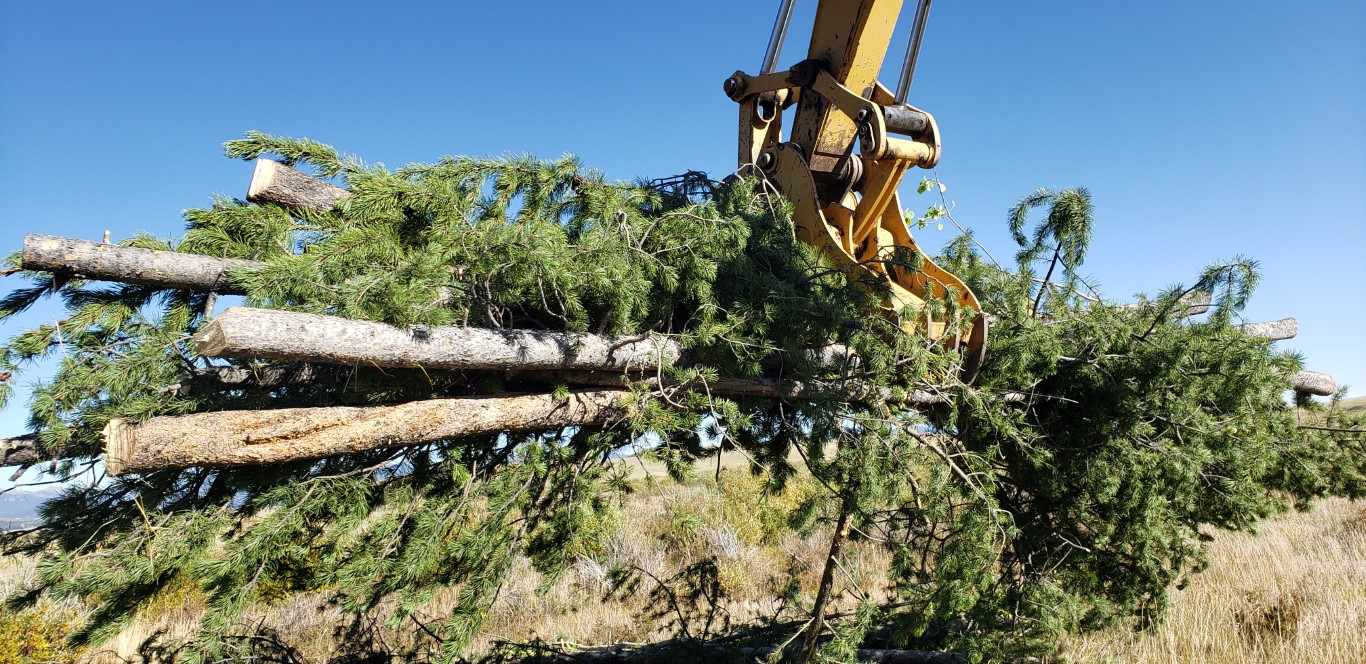 In our field, you are living under a rock if you have not noticed beaver finally getting their star turn for what they do best – engineering their environments to remain wet. They do this by building and maintaining dams with native woody species, mud, and rocks that in series, act as giant sediment storage and soil building systems. Their engineering work also has huge impacts on the healthy function of entire valley floors as keystone cogs in a far larger hydrologic and ecological web. In other words, they might just be the best tool possible in ongoing efforts to make our headwaters more resilient to climate change. But is it really that simple?
In our field, you are living under a rock if you have not noticed beaver finally getting their star turn for what they do best – engineering their environments to remain wet. They do this by building and maintaining dams with native woody species, mud, and rocks that in series, act as giant sediment storage and soil building systems. Their engineering work also has huge impacts on the healthy function of entire valley floors as keystone cogs in a far larger hydrologic and ecological web. In other words, they might just be the best tool possible in ongoing efforts to make our headwaters more resilient to climate change. But is it really that simple?
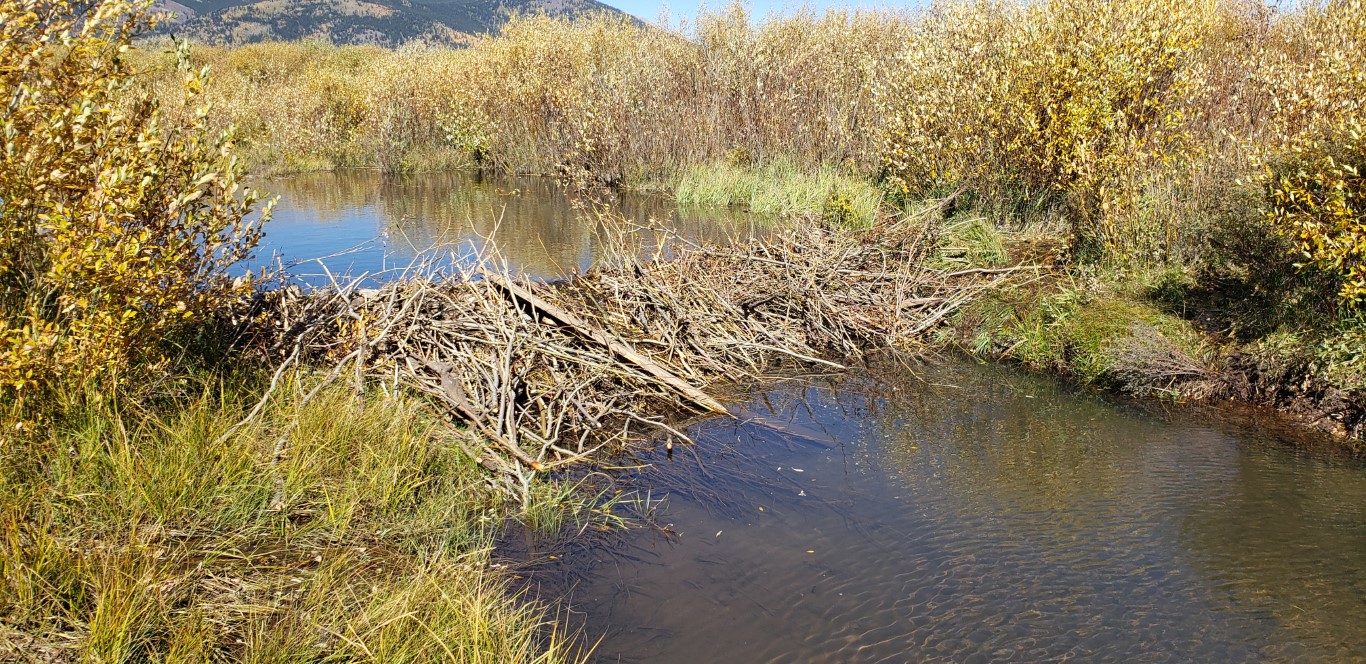
Climate change is putting a magnifying glass on just how poorly functioning many of our watersheds have become. Climate change is currently increasing watershed stressors related to fire intensity and frequency, drought, floods, or invasive vegetation. Unfortunately, much of the inherent resilience of these natural systems to such stressors has been degraded over the past 150 years, such that mountain watersheds are largely incapable of absorbing climate-related changes without dramatic loss of ecological integrity. In fact, many watersheds appear to be on multi-decadal downward functional trends. On valley floors where beaver historically were present but are now absent, or where beavers are present but dam-building conditions are not (forage, materials, small channels) etc., many restoration practitioners are now enthusiastically trying to plug the gaps, (pun intended), with beaver dam analogue (BDA) structures – man-made structures attempting to mimic the form and function of actual beaver dams. When installed in series, the concept is they can recover lost valley floor processes and ecosystem services, such as moderating both flood and drought hydrology, improving water quality and greatly expanding critical wildlife habitat. The structures can hopefully restore conditions that are conducive to beaver expansion, so that we can then “hand it back” to the critter, increasing watershed resilience in the process.
Early observations on some BDA-driven projects include some promising results with respect to wholesale ecological lift of valley floor flora and fauna. It appears that when valley floors are maximally re-hydrated, (“the sponge is soaked”), floodplains and channels rapidly gain resilience by maximizing the surface area supporting woody riparian/wetland species. However, questions regarding the scalability of this restoration method to different geographies and a range of stream orders are surfacing. Scalability is important if these projects are to lead towards the “long-reach” and “landscape scale” or “see from space” restoration of natural processes needed for meaningful hydrologic adaptation to climate change.
In dynamic channel settings, there is seldom one single treatment design that performs as intended through time, over a wide range of hydrologic and geomorphic conditions. Plus climate change is constantly moving the goal posts and upping the difficulty with any restoration intervention. With that in mind, a deeper dive into BDA’s follows.
Can We Get Beaver to Sign Long-term Maintenance Contracts?
Actual beaver dams are transient features in channels when they are not constantly maintained by the flat-tailed engineers, and especially so in incised channels where stream power is concentrated during runoff events. The same likely holds true with BDA’s that are by design, emulating beaver dam construction. If beaver do not adopt the long-term maintenance contract for these structures, will they persist in the channel environment long enough to have any meaningful restoration impact?
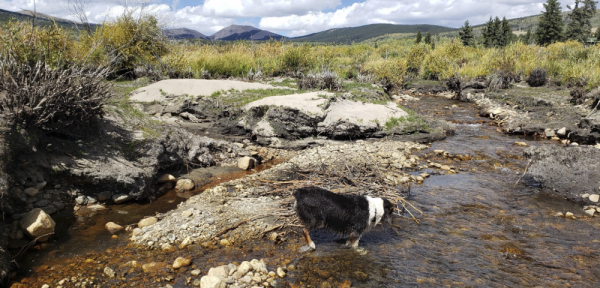
Speaking of finding beaver to sign contracts, it appears that current beaver populations in the Rocky Mountain states are experiencing significant population declines over the last several years, with a likely culprit being a flare-up of the disease tularemia, which has many hosts and pathways for transmission across wide geographies and is devastating for beaver. These flare-ups occur unpredictably over multi-decadal periods and it is possible that the current loss of colonies, particularly isolated ones, may have long-term impacts on beaver populations, much less the ability for beaver to locally expand their range. It’s been widely observed that even prior to this outbreak of tularemia, many valley floors had plenty of suitable beaver habitat that remained unoccupied for decades. In other words, expecting there will be a viable population of beaver to maintain BDA function into the future may not be a good bet. (A scarier question is whether we have a systemic beaver scarcity problem in our target watersheds.) So it is important to recognize that, in the restoration relay, the beaver may not be there to grab the baton.
Enter the Aggradation Structure
If we can’t reliably count on beaver to help for the next many years or decades but we want the stream/wetland/valley floor function similar to a beaver-mediated reach, what are some alternatives?
The main geomorphic function of a beaver dam is to hold channel grade, capture and store sediment and spread frequently occurring flows over a wide swath of valley floor. I’m calling that an aggradation structure. I’m also calling a lot of other things aggradational structures including the ongoing experiments my colleagues and I have been undertaking on incised 1-4th order streams over the last 7 years.
In my world, the aggradation process is becoming a key restoration objective, as many of our stream systems that have lost beaver, been channelized, or otherwise manipulated in support of flood control and floodplain development have shifted from a broad valley of multiple channels/wetlands that store sediment and water to efficient single thread firehoses that cut channels downward. Downcut, high energy channels consistently perch and dry the adjacent floodplain, contract riparian zones from the whole valley to the streambank, increase bank erosion, and concentrate fish habitat into a linear monotonous thread. There’s not much ecological health, let alone climate resiliency in simplified single thread streams.
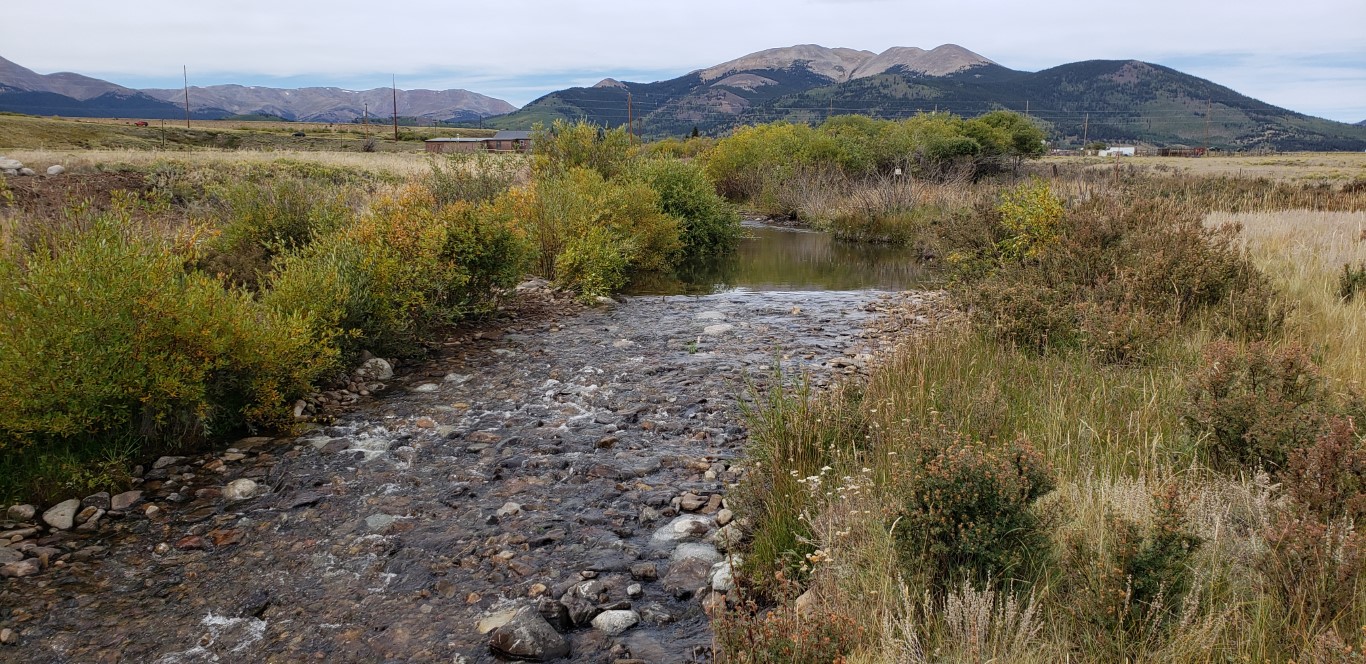
The premise of successful aggradation structures is that they re-set surface and groundwater elevations to a previous historic point, (the pre-incision floodplain) – by aggrading the incised channel. Once aggraded, the theory is that with or without beaver assistance, treated valley floors will become more resilient and aquatic habitat more functional.
While the aggradation structure ingredients and builds are different at every project site, the general approach we have adopted is to create a grade control that looks and functions more like a long riffle crest/debris jam than a dam, with gradual sloping on-ramps and off-ramps for bedload and aquatic connectivity. Although they can be pretty (dam) tough, natural beaver dams commonly fail during floods due to lateral flanking or hydraulic undermining, leading to complete failures if constant repairs aren’t made. The aggradation structures we are experimenting with attempt to avoid foundation undermining failures or flanking and persist in the channel for a long enough period to capitalize on progressive sediment deposition upstream of the structure and thereby eventually restore the channel bed to a higher elevation that is hydrologically “connected” to the adjacent floodplain.
Are Aggradation Structures a Throwback to Hard Engineering Approaches we’re Moving Past?
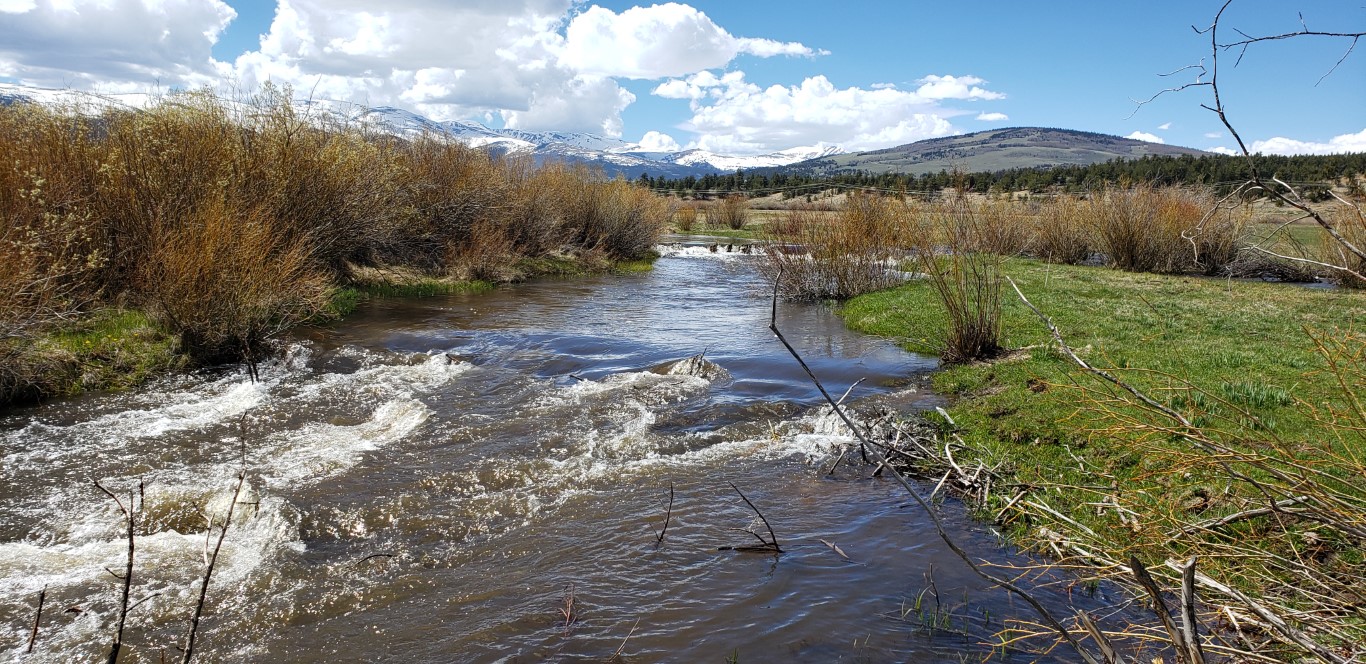
Don’t get me wrong, I’m all about deformable structures comprised of natural materials that are readily incorporated into a diverse channel environment when they degrade or fail. The question then, is how do we find and use these materials in a manner that result in structures persisting long enough to re-aggrade a channel to support a vibrant, (and resilient) riparian floodplain? In other words, if it takes 10 years to grow-in a riparian environment suitable for beaver, in most cases, this means these structures need to be more robust than can often be achieved foraging and building with materials with manual labor and strict use of opposable thumbs. And 24-7 maintenance by adding sticks and slapping mud on the upstream face pushes the limits for most two-legged critters. So if we are generally not capable of building beaver dam analogs (with sticks and mud) that will persist in downcut streams, we have to emulate long-term channel features plausible in that environment to exert dynamic geomorphic control over the valley floor environment, like woody debris jams, debris slides and riffles that are relic bedload clasts, do. It means imagining what a like a beaver could build with an excavator and the ability to safely forage and build with materials weighing hundreds of times their body weight. And last 10 years without maintenance. The beaver goes to Bali.
Part 2 of this story will delve further into what we are learning with respect to the more technical aspects of building both “tough” BDAs and aggradation structures. Realistically, empirical observation over time is required to truly understand the persistence period of these structures and, well, that takes time. In my practice, our oldest aggradation structures have been in-channel for 7 years and there is a wide range below that from 5 year olds to brand new babies in 2019. So far they are holding together for the most part and surprising us in many ways.




